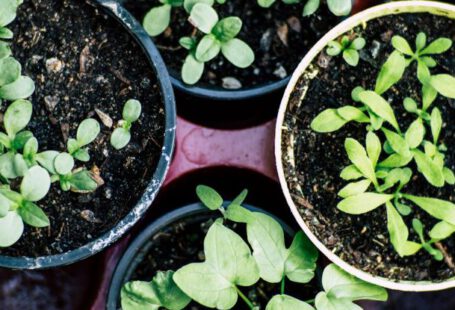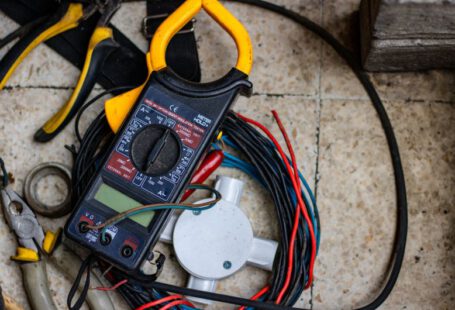Creating a beautiful and thriving garden starts with selecting the right plants. With so many options available, choosing plants that will thrive in your specific garden conditions can seem like a daunting task. However, with a little bit of knowledge and planning, you can ensure that your garden is filled with vibrant and healthy plants that will flourish for years to come. In this article, we will explore some key factors to consider when selecting plants for your garden to help you make the best choices for your outdoor space.
Understand Your Garden’s Climate and Conditions
Before selecting plants for your garden, it is essential to understand the climate and conditions of your outdoor space. Different plants have specific requirements for sunlight, water, and soil quality. Take note of how much sunlight your garden receives throughout the day, as this will help you determine which plants will thrive in your garden. Some plants require full sun, while others prefer partial shade or full shade.
Additionally, consider the soil quality in your garden. Some plants thrive in well-draining soil, while others prefer more moisture-retentive soil. Conduct a soil test to determine the pH level and nutrient content of your soil, which will help you select plants that are well-suited to your garden’s soil conditions. Understanding these factors will guide you in choosing plants that are more likely to thrive in your garden.
Select Plants That Are Native or Well-Adapted to Your Region
Choosing plants that are native to your region or well-adapted to your local climate is key to creating a low-maintenance and thriving garden. Native plants are already acclimated to the local climate, soil conditions, and pests, making them more resilient and less susceptible to diseases. These plants also provide important habitat and food sources for local wildlife, contributing to a more biodiverse and sustainable garden ecosystem.
Research native plant species that are well-suited to your region and consider incorporating them into your garden design. Native plants not only require less maintenance but also support the local ecosystem by attracting pollinators and beneficial insects. By selecting plants that are native or well-adapted to your region, you can create a garden that is not only beautiful but also ecologically sustainable.
Consider the Mature Size and Growth Habit of Plants
When choosing plants for your garden, it is important to consider the mature size and growth habit of each plant. Some plants may start out small but grow rapidly and spread out over time, potentially overcrowding other plants in your garden. Research the mature size of each plant you are considering and ensure that it has enough space to grow without competing with neighboring plants.
Additionally, consider the growth habit of each plant, such as whether it is a clumping or spreading plant. Clumping plants tend to stay in one place and grow vertically, while spreading plants can quickly take over an area if not properly contained. By understanding the growth habits of the plants you select, you can plan your garden layout more effectively and prevent overcrowding and competition among plants.
Create a Diverse Plant Selection
Diversity is key to creating a visually appealing and resilient garden. Incorporating a diverse selection of plants with varying heights, colors, textures, and bloom times will add interest and depth to your garden design. Consider mixing annuals, perennials, shrubs, and trees to create a dynamic and ever-changing garden landscape.
When selecting plants, think about how they will complement each other in terms of color, texture, and form. Choose plants that bloom at different times throughout the year to ensure that your garden has continuous color and interest. By creating a diverse plant selection, you can create a garden that is not only visually striking but also more resilient to pests, diseases, and environmental stressors.
Make a Planting Plan and Maintenance Schedule
Once you have selected the plants for your garden, it is important to create a planting plan and maintenance schedule to ensure that your garden thrives. Consider the spacing and placement of each plant to allow for adequate air circulation and sunlight. Group plants with similar water and maintenance needs together to make caring for your garden more efficient.
Develop a maintenance schedule that includes tasks such as watering, fertilizing, pruning, and weeding to keep your garden healthy and vibrant. Regularly monitor your plants for signs of pests, diseases, or nutrient deficiencies and address any issues promptly to prevent them from spreading. By planning ahead and staying on top of garden maintenance, you can ensure that your plants thrive and your garden remains a beautiful outdoor sanctuary.
In Conclusion…
Selecting plants that will thrive in your garden requires careful consideration of factors such as climate, soil conditions, plant adaptability, growth habits, and diversity. By understanding your garden’s unique conditions and choosing plants that are well-suited to thrive in those conditions, you can create a beautiful and resilient garden that brings joy and tranquility to your outdoor space. With thoughtful planning and maintenance, you can enjoy a thriving garden filled with vibrant and healthy plants for years to come.





